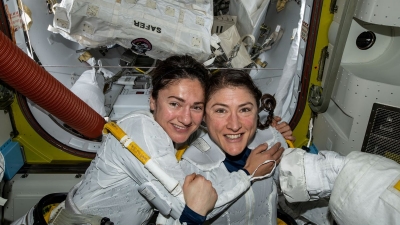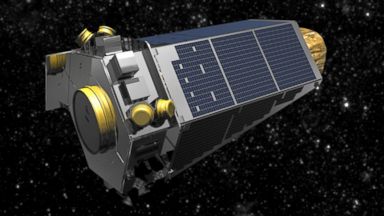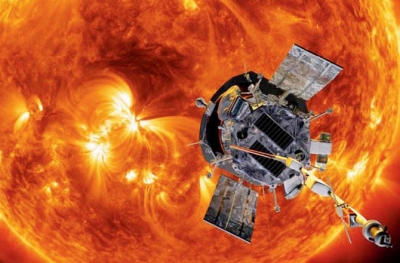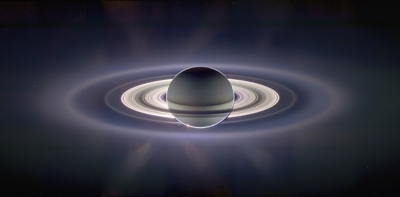
On October 18, 2019, NASA astronauts Christina Koch and Jessica Meir created history by completing the first-ever all-female spacewalk. The astronauts stepped outside the International Space Station and replaced a battery discharge unit that failed to activate after new lithium-ion batteries were installed on the station’s exterior structure. The historic moment was originally supposed to occur in March that year, but the event was postponed due to lack of spacesuits for women. Still, the first all-woman spacewalk is a milestone worth celebrating as the agency looks forward to putting the first woman on the Moon by 2024 with its Artemis lunar exploration programme.
Today marks Koch’s fourth spacewalk and Meir’s first spacewalk. Koch led the EVA and can be identified by the red stripes on her spacesuit and life support backpack. Meir arrived at the space station in September, and both Koch and Meir joined NASA’s astronaut corps in 2013. Their astronaut class, nicknamed the “Eight Balls,” had the highest percentage of women of any group of astronaut candidates to date.
Picture Credit : Google





